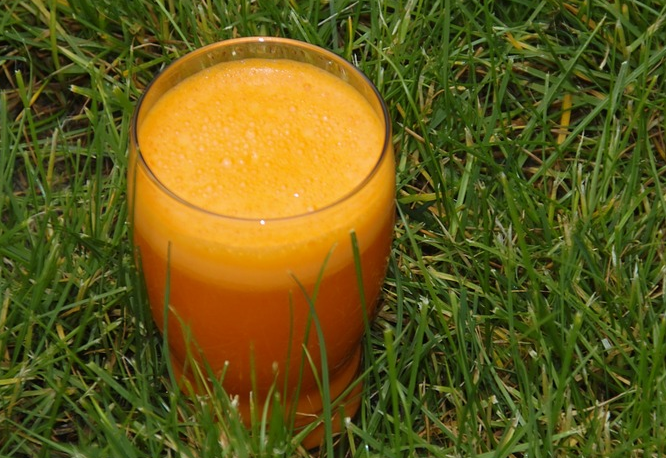It’s well-proven that increasing one’s intake of green produce offers a handful of healthy benefits. Still, some people find it hard to consume the recommended amount of greens and fruits for various reasons. If adding more fresh produce into your diet presents certain hurdles, juicing and blending your items into smoothies could be the perfect solution for you.
Juicing and blending have become quite popular in recent years. While both practices liquefy produce to simplify consumption, there are a few key differences between the two. Because each method offers unique perks, it’s easy to get confused when choosing between the two.

What’s The Difference Between a Blender and a Juicer?
Basically, a juicer squeezes liquid extracts from produce, then later discards the fiber and pulp left behind. This can be achieved via centrifugal separation, mastication or the use of hydrolic pressure to break down the cell walls of the produce. Because the extracted liquid is highly concentrated, one gets a larger dose of nutrients than They’d possibly acquire from their normal diet.
Juicers come in many different types, and some have a superior ability to extract more nutrients. In general, most tend to do well with fibrous vegetable varieties (such as carrots and apples), but struggle with soft produce. That said, you could still find appliances that are designed to juice both vegetables and fruits.
In most kitchens, blenders are normally used to cream, puree and chop fruits and vegetables. Most of them aren’t designed to separate nutrients from small particles of the produce. As such, the final outcome is a combination of all ingredients. Blended drinks don’t have the high nutrient concentration of juiced smoothies.
Should You Buy a Juicer or a Blender?
Both juicing and blending have their own benefits and drawbacks. Because the former provides a highly concentrated extract, you’re able to consume more nutrients without having to drink much juice. This could be a suitable option for individuals who have trouble digesting high-fiber foods. This method is however quite expensive, since one has to use a larger amount of produce to create a jugful of juice.
Blenders, on the other hand, don’t separate liquid and fiber. As such, blended smoothies tend to have a thicker texture, something that could take time to get used to. Still, the fibrous content of your drinks will help you feel fuller, in addition to improving your digestive health. With blenders, you could also add other items to your smoothies (including yogurts, nuts and seeds) to boost your intake of other nutrients.
All in all, both blending and juicing will help you increase your intake of fruits and vegetables, besides creating less waste in your kitchen. And if maximum versatility is what you really want, there’s nothing to stop you from owning both a blender and a juicer, as long as you can afford both appliances. Otherwise, your own preferences, a limited budget and specific nutritional/health requirements are the key factors that should drive your decision to choose one over the other.